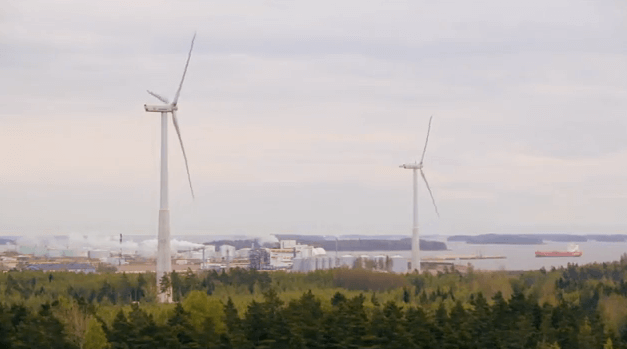
Usually we are told to avoid putting computers near water. Yet when it comes to one of the nation’s leading search engines, they figure it’s just the right location to put one of their data servers and in turn reduce their carbon footprint.
According to the New York Times, Google which runs five large data centers is planning to open its most efficient and low-emission facilities in a former paper mill on the coast of Finland later this year. The idea behind putting a data server on the water is to naturally aid in the cooling process of powerful servers which store and put out vast amounts of information.
Data centers represent most of the energy used by Google. The servers located inside are key components to both speedy search results and data-heavy services such as video-conferencing and music downloads.
A study conducted by Jonathan Koomey, a consulting professor at Stanford University, three years ago found that powering and cooling the equipment in the nation’s data centers represented approximately 1 percent of the total global electricity consumption in 2005.
Koomey noted that there are many ways to decrease our environmental footprint even in the broader economy. For example downloading music actually represents huge savings in greenhouse gases that otherwise would have been emitted through the manufacturing, shipping, and recycling of CDs.
Google currently uses water for cooling processes at their center in Belgium. The cooling process works like this: the facility treats and cleans the water from a canal, the water is then pumped to the data center and into coils. Lastly, the warmed air from the servers then passes over the coils which absorb the heat before it is pumped to a tower.
Google would greatly reduce their environmental impact if they chose to implement new cooling methods at all five centers. The new Finland center owned by Google plans to gather seawater directly from the Gulf of Finland into a large tunnel that the paper mill had used for cooling. The water collected would be used to cool a separate set of water pipes that would in turn absorb heat from the servers.
Way to go Google!


























